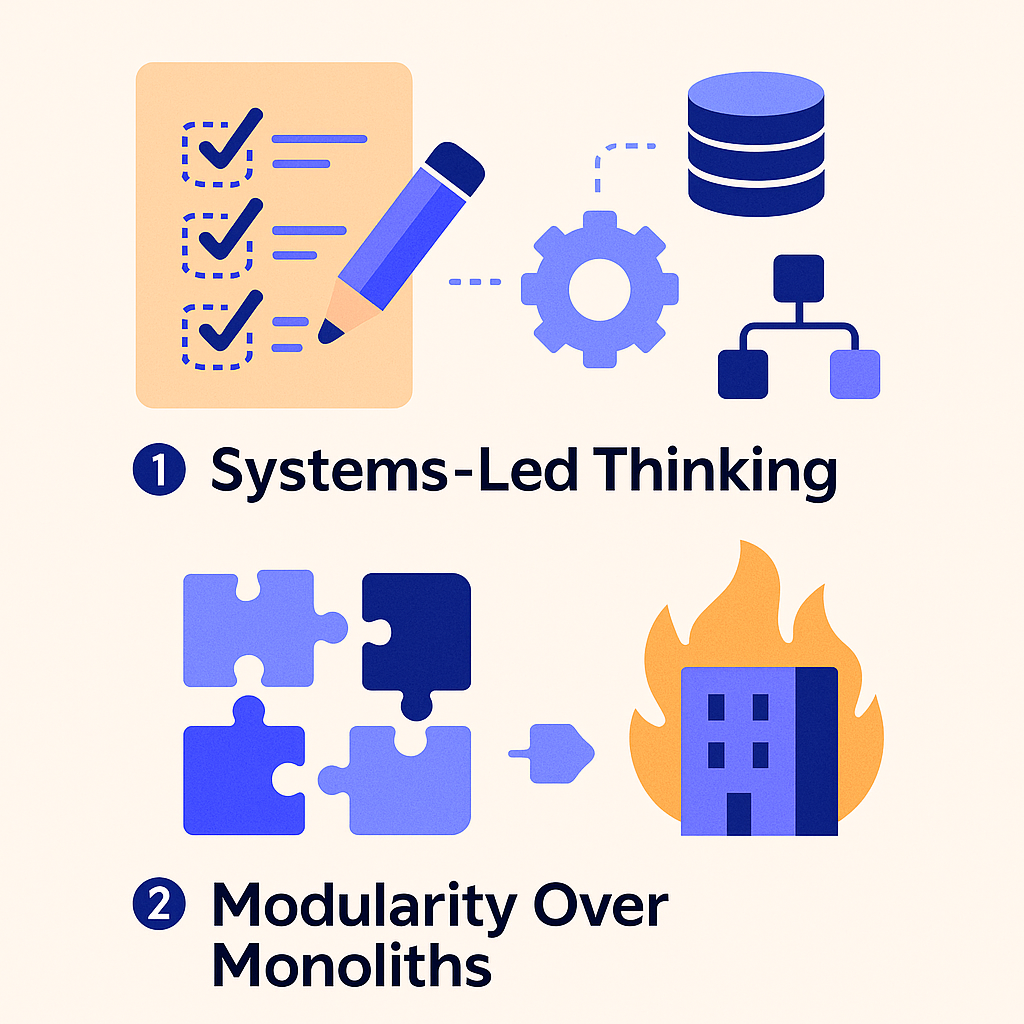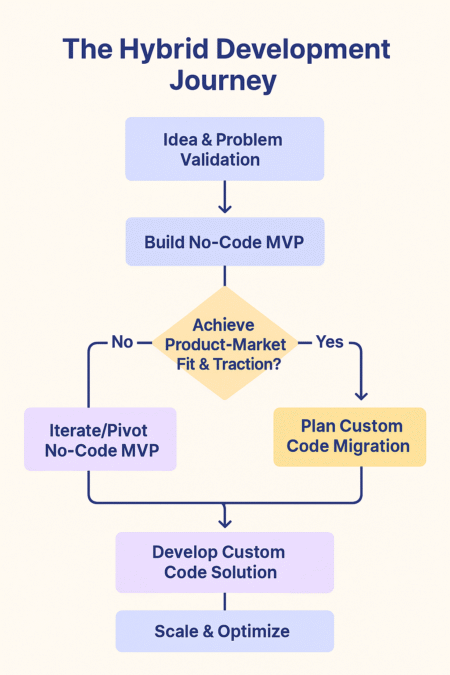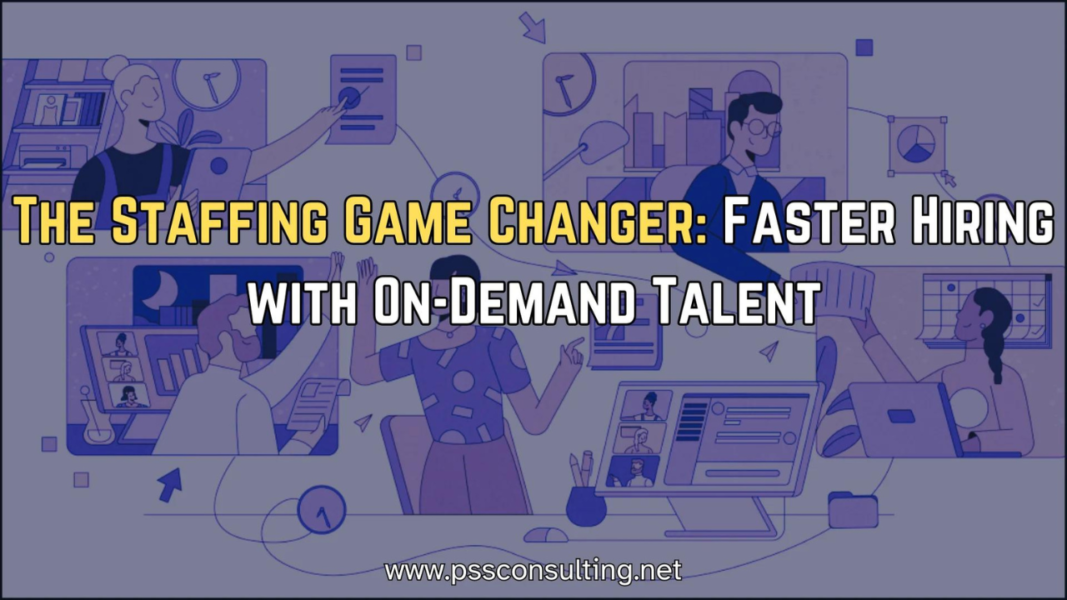Tech Stack Decisions: Avoiding Costly Mistakes Before They Happen
Most founders still approach tech stack decisions with outdated assumptions. The choice between no-code and custom code is not merely technical; it is a strategic business decision that impacts a startup’s trajectory, budget, and long-term viability. When made incorrectly, this decision can cause rising complexities, hidden costs, and major issues down the line.
Many entrepreneurs focus solely on the initial development cost, which can be misleading. No-code platforms often present a low upfront investment, with development costs starting as low as $1,500 compared to $20,000 to over $100,000 for custom coding. However, this initial saving can be the “tip of the iceberg.” Hidden expenses-scaling fees, overage charges for API calls or workload units, and the cost of integrating numerous third-party services-can quickly accumulate. One retail client reported spending an average of 20 hours per person on training for a new no-code platform-an invisible onboarding cost. These unforeseen costs can increase the total cost of ownership (TCO) by 30-50% over five years, eroding initial savings.
The choice also presents a critical trade-off between rapid strategic agility and accumulating technical debt. No-code platforms promise rapid prototyping, allowing founders to launch MVPs in weeks rather than months. But as the application grows in complexity, no-code solutions often lead to customization limits and scalability issues. On the other hand, custom code, while slower and more expensive upfront, builds a robust, scalable foundation for evolving business needs.
WHY FOUNDERS ARE RETHINKING THEIR TECH STACKS
In today’s business climate, sticking to outdated development paths is no longer just inefficient – it’s risky. Founders aren’t just reacting to trends; they’re responding to three powerful shifts:
Rising operational costs: What looked affordable upfront now carries long-term baggage – from license fees to developer overhead.
Speed vs. Scalability dilemmas: No-code platforms promise quick MVPs but often struggle when complexity or performance is needed.
Vibe Coding distractions: The trend of jumping into tools that “feel cool” without strategic fit leads many teams to build flashy products that don’t scale.
Startups that once relied on no-code for speed are now facing limits when it comes to customization, compliance, or cross-platform expansion. Meanwhile, full-code projects that lacked early guardrails are drowning in technical debt.
The Two Most Overlooked Strategic Levers
Most tech stack debates stop at cost vs control. But smart founders are learning to pull deeper strategic levers:
- Systems-Led Thinking (Not Just Tool-Led)
Instead of chasing trending tools or “vibe coding” platforms, high-leverage teams define the system first-how data flows, how teams interact, and how scale will be managed. The tools come after that clarity.
Example: A retail platform grew 3x faster by mapping user journeys before selecting tools-avoiding 4 replatforming cycles.
- Modularity Over Monoliths
Choosing tech that’s plug-and-play (think: composable architecture) lets you pivot faster. You’re not locked into one massive codebase or platform. You can test and replace parts without burning the whole thing down.
Pro Tip: PSS Consulting helps teams structure this via “Strategic Stack Mapping” before development even begins-reducing tech debt by up to 40% in year one.

What Most Businesses Get Wrong
Mistaking UI for Strategy: Teams fall for polished interfaces and “quick wins,” without clarifying core workflows or scalability needs. Result? Rebuilds within 12–18 months.
Underestimating Total Cost of Ownership (TCO): What looks cheap at launch balloons over time with API overages, external integrations, and team inefficiencies.
Ignoring Ops & Compliance Early: No-code tools may launch MVPs fast, but as teams scale, they hit walls in security, cross-platform compatibility, and backend oversight.
How a Hybrid Approach Helps (Without Sacrificing Agility)
Start lean, then scale smart. Use no-code for MVP validation and early feedback. When traction hits, plan the switch to custom development for scale, security, and long-term growth. This hybrid strategy balances speed, cost, and future control.
What the Leaders Are Doing:
Comet validated with Bubble, raised $2M.
Teal built with Bubble + Airtable, hit $1M ARR.
Stripe & OpenAI custom-built their IP from day one-now infrastructure players.

Founders who treat tech stacks as tools – not as the strategy itself – build faster, pivot smarter, and scale more sustainably.
If you’re still choosing between platforms without mapping your system, you’re skipping the most critical step.
PSS Consulting helps businesses architect scalable, low-debt systems from Day 1 – with strategic stack mapping, vetted dev teams, and modular thinking baked in.
Ready to rethink your stack with clarity and control?
Try the Tech Stack Navigator - a free interactive tool that helps you decide between no-code, custom code, or hybrid based on your product complexity, budget, and future goals.
🧩 Tech Stack Navigator
Answer 6 quick questions to find your ideal tech stack strategy.




